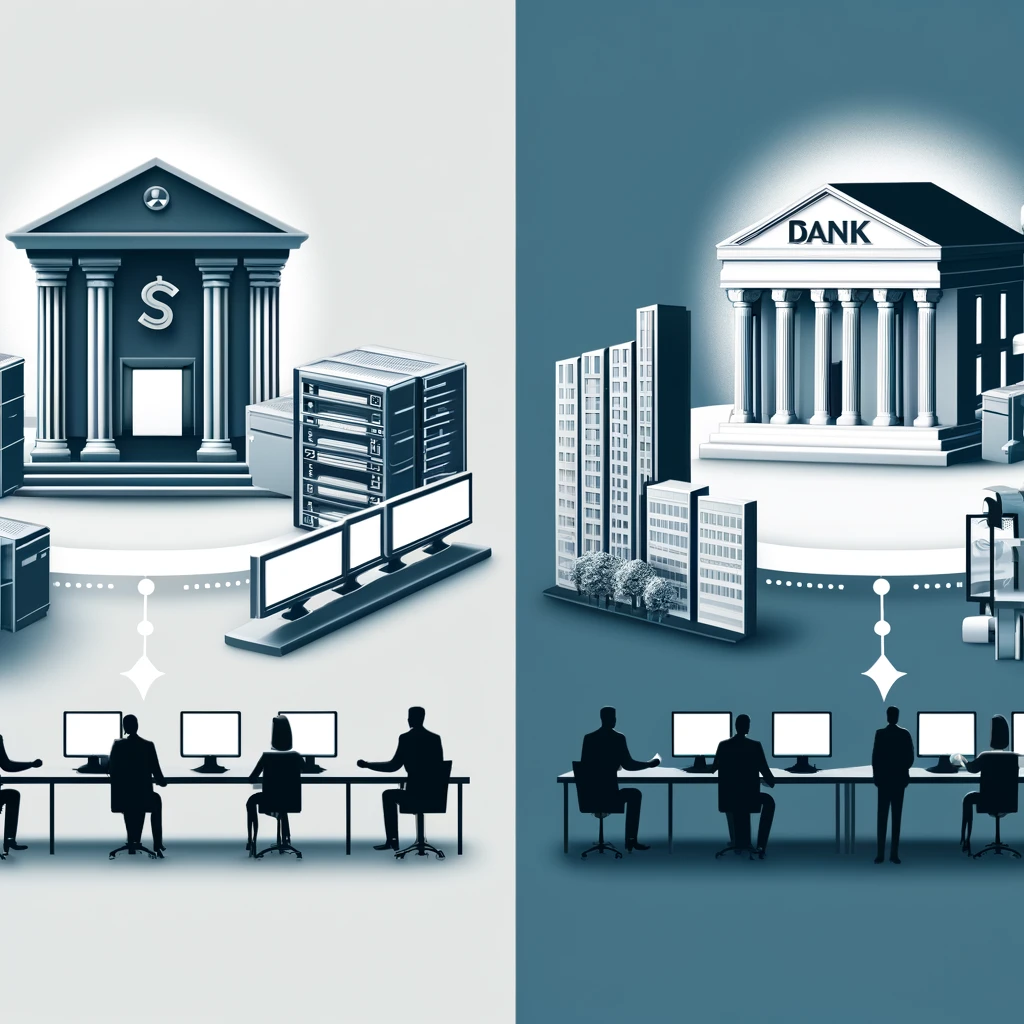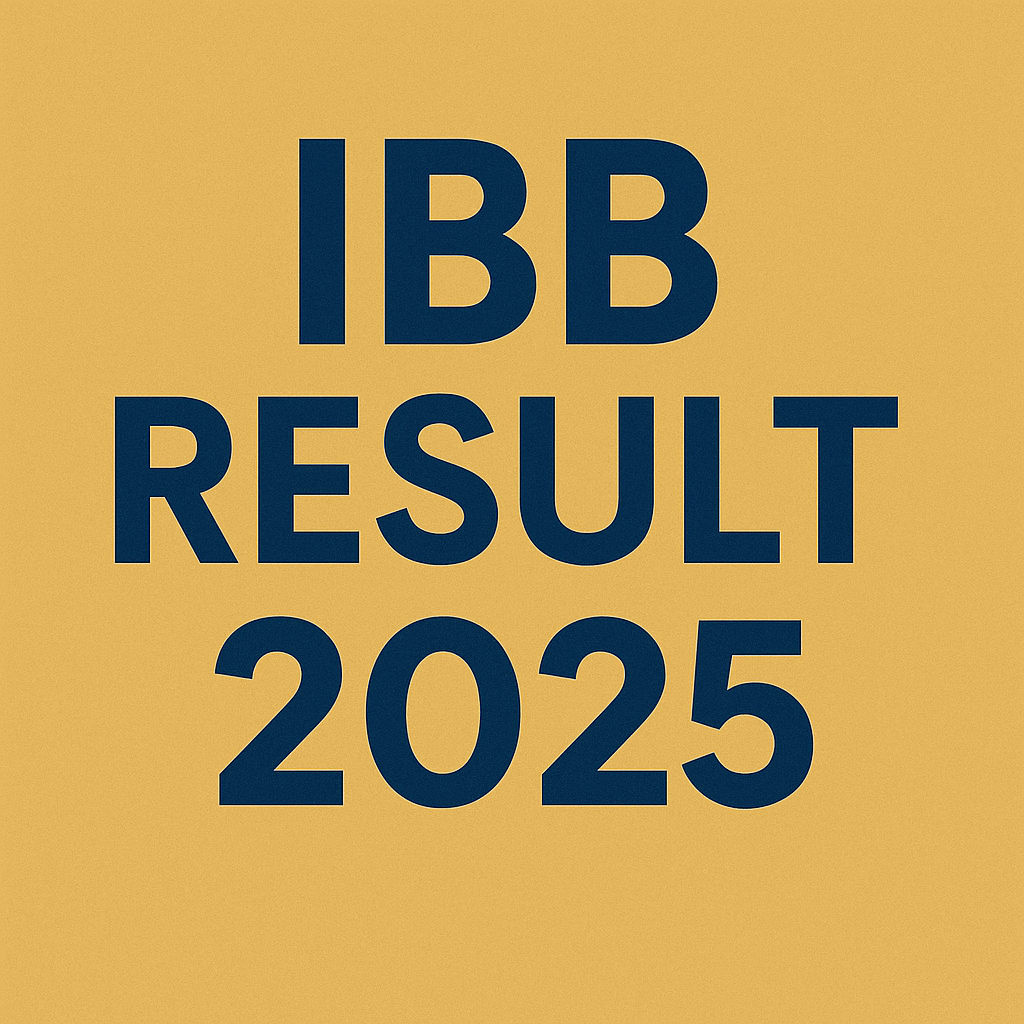Both models have distinct advantages and disadvantages depending on the operational structure, customer needs, and risk management strategies of a bank.
Centralized Credit Model
In this model, credit decisions are made at a central office rather than at branch levels.
Pros:
- Uniform Decision-Making: Ensures standardized credit evaluation, reducing biases in loan approvals.
- Better Risk Management: Centralized monitoring helps in identifying risks and controlling bad loans efficiently.
- Cost Efficiency: Reduces operational costs by minimizing the need for experienced credit officers at every branch.
- Specialized Expertise: Dedicated credit analysts at the central unit ensure better evaluation of loan applications.
- Faster Automation & Digital Integration: Centralized credit models work well with digital banking and AI-based credit scoring.
Cons:
- Slow Decision-Making: Since decisions are made centrally, processing times may increase, especially for small or urgent loans.
- Limited Local Knowledge: Lacks branch-level insights about local businesses and borrowers, increasing the risk of misjudging creditworthiness.
- Customer Dissatisfaction: Clients may face difficulties in accessing credit services quickly compared to branch-based models.
- High Dependency on Technology: A system failure at the central unit can disrupt the entire credit approval process.
Branch-Based Banking Model
In this model, credit decisions are made at the branch level, often by local managers or officers.
Pros:
- Personalized Service: Branch staff understand local customers better, leading to more tailored financial solutions.
- Faster Loan Processing for Local Clients: Decision-making at the branch level speeds up approvals for local businesses.
- Stronger Customer Relationships: Direct interaction with customers builds trust and long-term relationships.
- Better Adaptability to Local Market Conditions: Branch officers can assess real-time market conditions and customer needs.
Cons:
- Inconsistencies in Decision-Making: Loan approvals may vary between branches due to subjective judgments.
- Higher Operational Costs: Requires skilled officers at every branch, increasing overall staffing expenses.
- Higher Risk of Fraud or Mismanagement: Decentralized authority can lead to unauthorized approvals and internal fraud.
- Limited Scalability: Expanding a branch-based system is expensive and less efficient in handling large volumes of loan applications.
Which Model is Better?
- For Large Banks: A Centralized Credit Model is preferable due to cost efficiency, uniformity, and better risk control.
- For Small/Regional Banks: A Branch-Based Model works well as it caters to local businesses and fosters stronger customer relationships.
- Hybrid Approach: Many banks use a mix of both, where small loans are handled at branches, and larger, complex loans go through centralized processing.
Comparison of Centralized Credit Model and Branch-Based Banking Model
| Factor | Centralized Credit Model | Branch-Based Banking Model |
|---|---|---|
| Decision-Making | Central office handles all credit approvals | Branches make independent credit decisions |
| Processing Speed | Slower due to centralized approvals | Faster for local clients |
| Risk Management | Better risk control and standardization | Higher risk due to subjective approvals |
| Customer Relationship | Less personal interaction with customers | Stronger customer relationships |
| Operational Costs | Lower as expertise is centralized | Higher due to skilled staff at each branch |
| Fraud Risk | Lower due to strict monitoring | Higher risk of local fraud |
| Scalability | Easier to expand nationwide | Limited expansion due to high costs |




